Free Downloads & Checklists
[Downloadable] 5 Whole Body Learning Activities for Motor-Enriched Learning in Preschool & Kindy
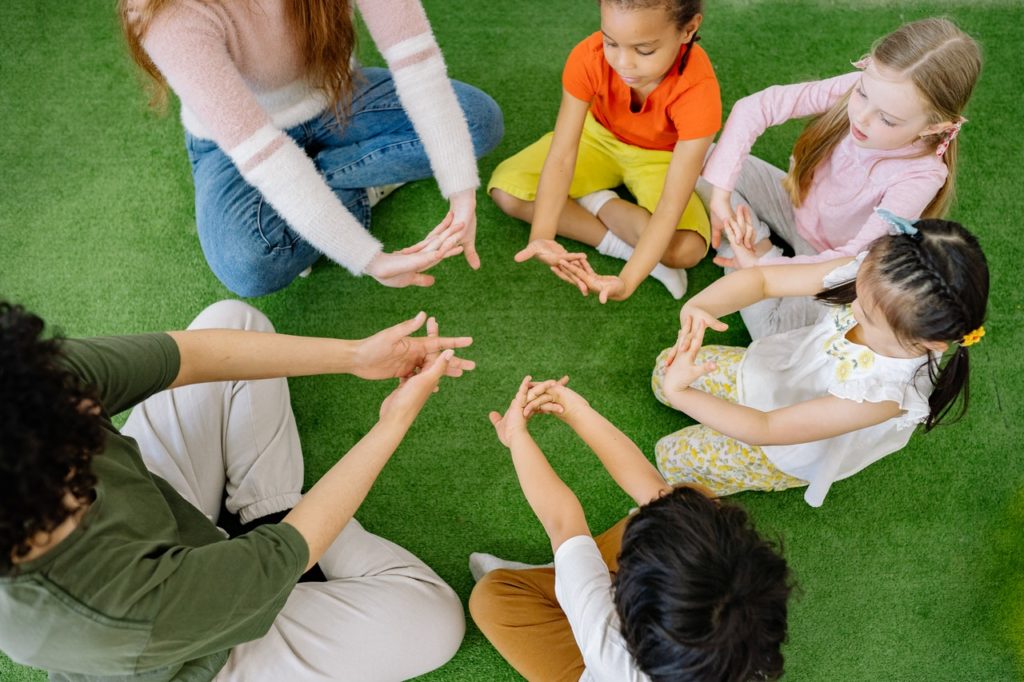
“Whole body learning” is a way for teachers and home schoolers to ensure students use physical activity in the classroom to explore and learn. Whole body learning activities include any type of kinesthetic learning techniques.
Kinesthetic learning refers to touching, holding, experiencing, and being physically active to explore new concepts. This is as opposed to visual or auditory learning styles.
Other learning methods that utilize the concept of whole body learning include:
- kinesthetic learning,
- multisensory learning,
- experiential learning,
- visuo-motor learning, and
- hands-on learning.
Whole body learning presents a new way for students to come to understanding. Muscle memory also helps commit new concepts to memory.
Kinesthetic activities help commit learning into long-term memory. Turning a lesson into a physical experience is not only a good way to keep kids focused and engaged – it’s usually quite fun!
Movement games for kids are a fantastic way to keep kids focused on a learning activity. They offer children with learning disabilities or sensory processing disorder an opportunity to release sensory overload tension. And they’re not just great for children with special needs.
Movement games for kids get blood flowing and oxygenating the brain, too.
What’s more? Movement games for kids might just be the trick to teach difficult-to-learn subject matter, too!
Here are 5 lessons you can use with your little learners to break up the school day with a little bit of whole body learning movement.
Hop Across the Number Bridge
Items Required:
Foam floor puzzle with numbers. Many parents have these in their playrooms at home, so you might even be able to get a few sets donated from parents who are clearing out their toy clutter.
You can also make your own number bridge with pieces of construction paper or foam paper by writing the numbers on them and taping them to the floor so they don’t slide around.
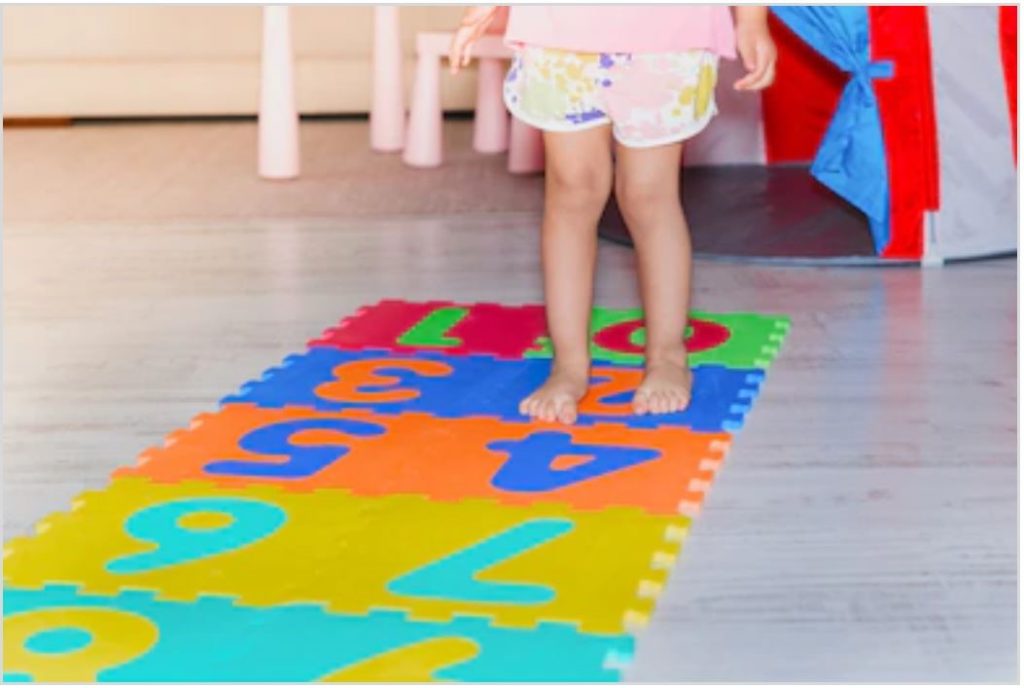
Set-up:
Piece together two numbers side by side into a long rectangle across the floor. Pair the numbers in order, but you can mix up the sequence from left to right or right to left so that students must pay close attention.
See our drawing below to show that the path the students will take depends on the arrangement of the numbers left to right.
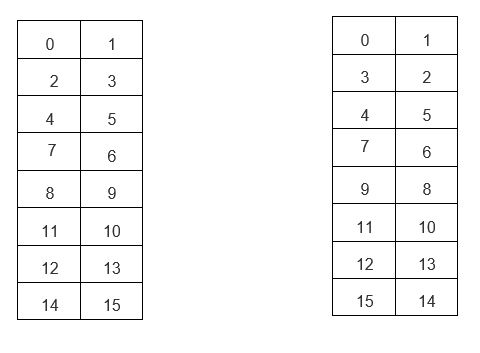
How to Play:
Have students start at 0 and hop with two feet from number to number, in sequence. To increase difficulty, use a stopwatch to see who is the fastest. Or, use a timer to allow a short period of time within which to complete the bridge.
New Concept Body Twister
This game can be used for any new concept you want to reinforce with your students. You can use sight words, colors, and numbers all the way up to phases of a plant’s life cycle and the food pyramid! It also helps with learning right and left.
Items Required:
4 pages, each with a different image or word. One set per student.
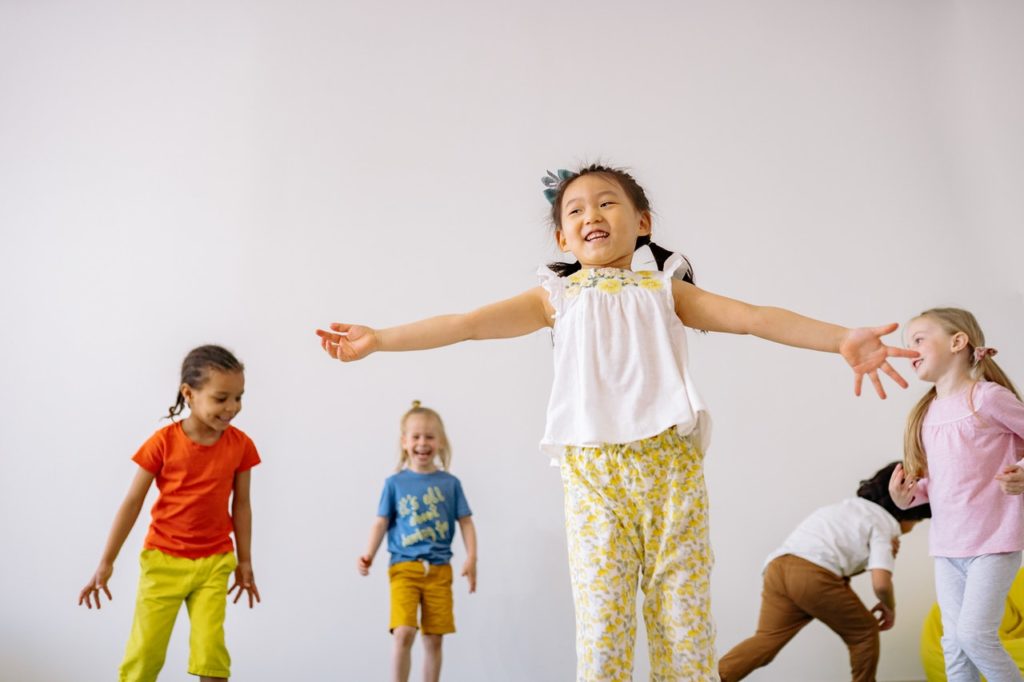
Set Up:
Line your four pages into a square with a little bit of space between each.
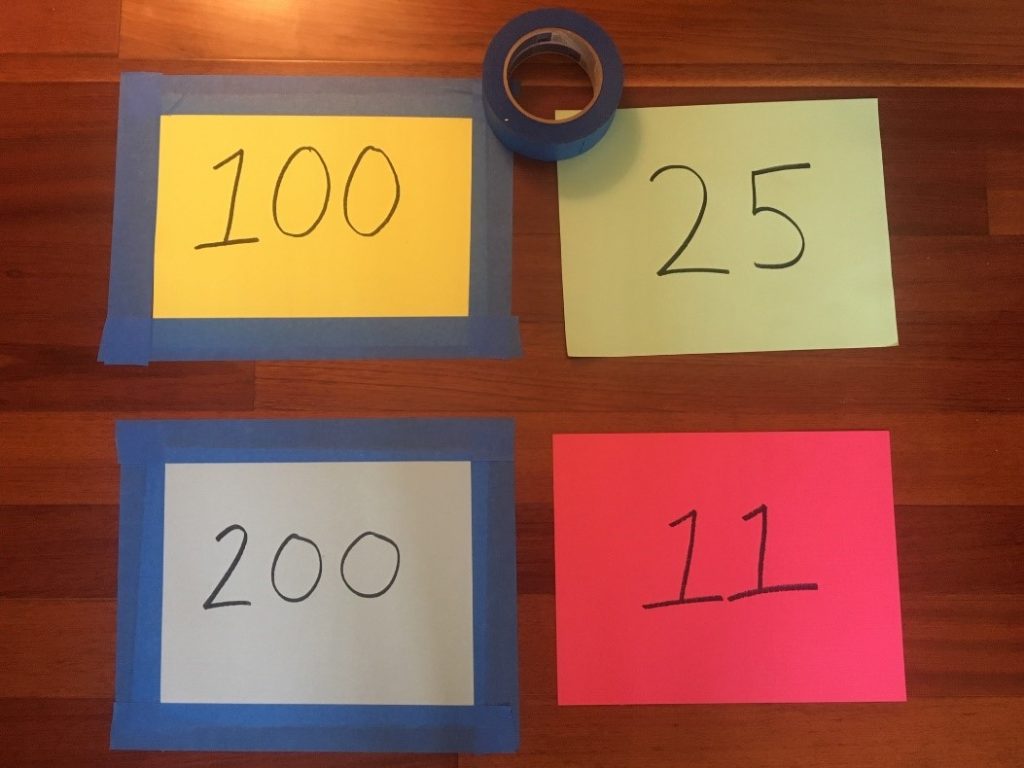
How to Play:
Call out instructions for the students to place a specific body part onto a specific image. For example, “Place your right hand on number 100.” Or “Place your left elbow on the word CAT”
Fire Brigade Number Recognition
Items Needed:
Outdoor space, chalk, one squirt bottle or water gun filled with water per student.
Set-up:
Draw several houses on the ground using chalk. Be sure to spread the houses out so the students will have to run from one to another. Write a different number on each house. Use orange, yellow or red chalk to draw fire on each house.
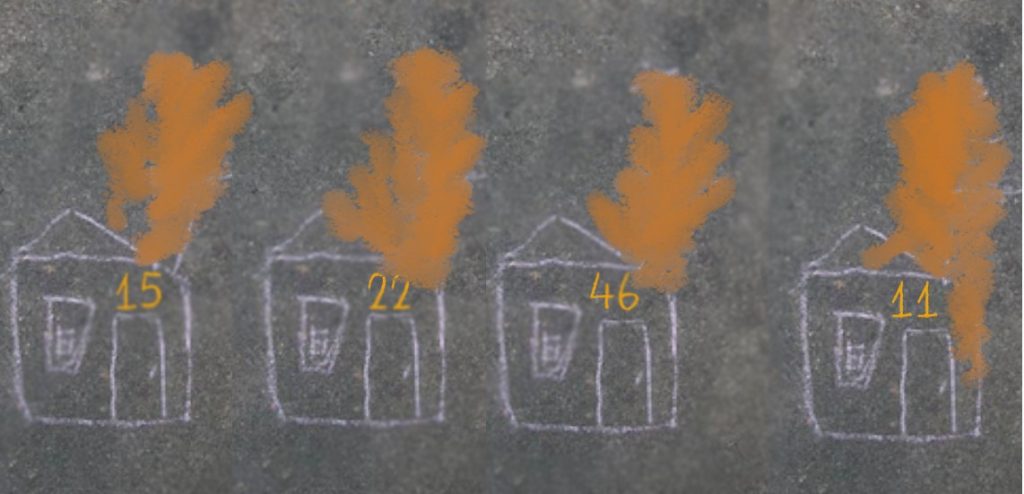
How to Play:
Pick a number and shout, “Oh no! House number 11 is on fire! Hurry, fire department, put out the fire at house number 11!” Tell the kids to use their squirt bottles or water guns to spray water on the chalk-drawn flames of the correct house. Repeat until all of the chalk houses have been squirted down thoroughly!
Jump & Spell
Items Needed:
30-50 Sticky note paper (such as Post-its)
Set-up:
Write letters on all the note pages, being sure to include enough letters and duplicates to spell a few of your spelling words for the week’s lesson. Stick clusters of letters on the wall, just high enough to be out of standing reach of your students.
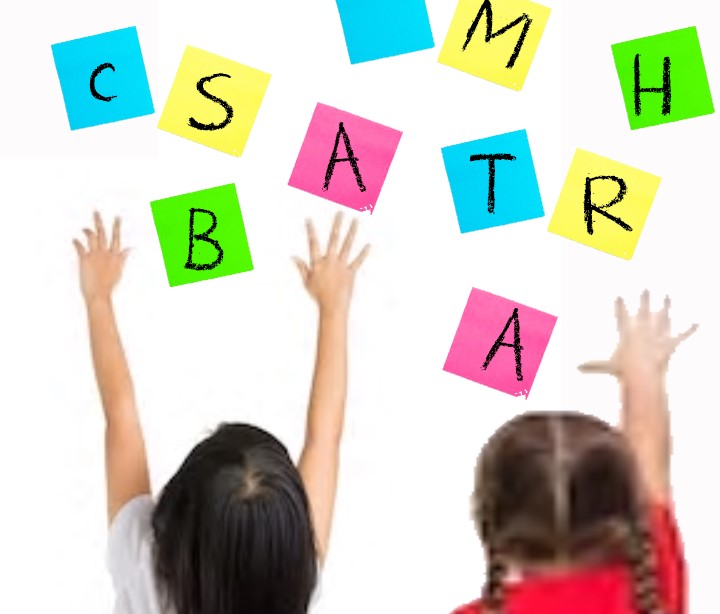
How to Play:
As each student approaches the letter wall, call out a spelling word. The student must jump to grab and pull down the letters that spell their word. They can then assemble the word in spelling order on the floor in front of the wall.
The Plant Dance
Items Needed:
None
Set-up:
None
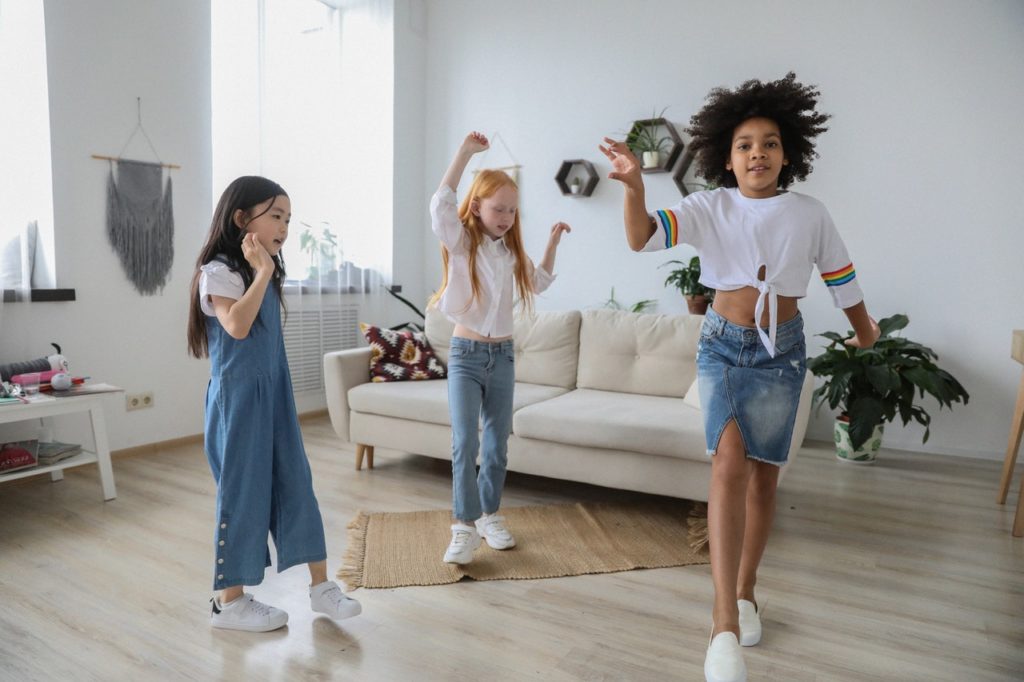
How to Play:
Have your students learn the Plant Song, using the accompanying body movements with each line of lyrics. This can be set to any simple tune you already know, such as “Mary Had a Little Lamb” or a military call-and-response cadence in which you sing each line and the students repeat it back to you.
The Plant Dance
For a plant to stay alive ( Tree pose from yoga )
We need some things – just these 5 ( Hold up five fingers )
Our roots need soil down below ( Stomp right foot, then left, then point to the ground )
And water so that we can grow ( Wiggle fingers like raindrops while bringing arms up )
Our leaves need light from the sun ( right arm out with palm up, then left )
And lots of space through we can’t run ( Spin with arms out, then shake head ”no” )
Don’t forgive to give us air ( Slap hands to thighs, deep breath in and out )
Soon we’ll be growing everywhere ( Cross arms and lift them up and open )